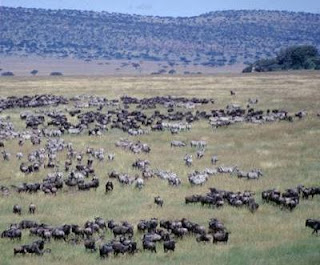Environmental Effects Of Using Fossil Fuels
Acid rain and global warming are two of the most serious environmental issues related to large-scale fossil fuel combustion. Other environmental problems, such as land reclamation and oil spills, are also associated with the mining and transporting of fossil fuels. Acid Rain When fossil fuels are burned, sulfur, nitrogen, and carbon combine with oxygen to form compounds known as oxides. When these oxides are released into the air, they react chemically with atmospheric water vapor, forming sulfuric acid, nitric acid, and carbonic acid, respectively. These acid-containing water vapors—commonly known as acid rain—enter the water cycle and can subsequently harm the biological quality of forests, soils, lakes, and streams. Ash Particles Combustion of fossil fuels produces unburned fuel particles, known as ash. In the past, coal-fired power plants have emitted large amounts of ash into the atmosphere. However, government regulations also require that emissions containing ash be scrubbed o

